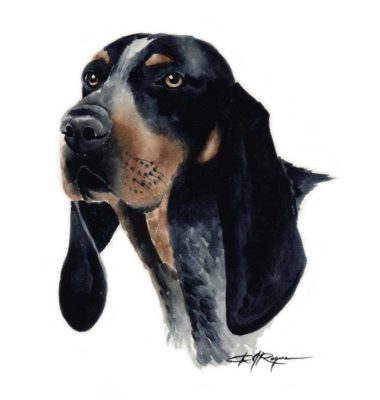
Ears. On a dog, they seem to go selectively deaf when it’s time to jump in the car to go to the vet, but the same ears can hear the unwrapping of a pack of hot dogs when they’re in another room.
In another house.
In another state.
That said, we love how dog ears inform us about the type of dog sitting underneath them. Ears tend to be smaller on breeds from cold countries not just to minimize heat loss, but also because there’s less surface area to succumb to frost bite. When you think about it, large ears would just have that much more snow accumulate on them. The ears would fall over from the weight of the snow, and soon they’d freeze and form blood blisters when they thaw out. Big ears in a cold climate are just flat out inefficient.
Some swimming dogs such as the Newfie have ear flaps that fit over the ear canal so that water doesn’t enter the ear canal as easily, and of course, the Norwegian Lundehund can not only close its ears so that the ear-canal is protected against dirt and moisture, but close to the front or the back.
Sighthounds have small, streamlined ears to reduce drag as they cut through the air, while scenthounds (think Bloodhound) have large, pendulous ears that trap odors as the dog puts his nose to the ground.
Yes, through selective breeding, humans have modified the pointed prick ear shape of the wolf into a variety of different shapes; by and large, these modifications have occurred on companions dogs more than working dogs, and even then, the modifications were thought to enhance a dog’s working ability.
Ears. They’re a beautiful thing.
Image: Bluetick Coonhound by DJ Rogers – k9artgallery
http://
www.etsy.com/shop/
